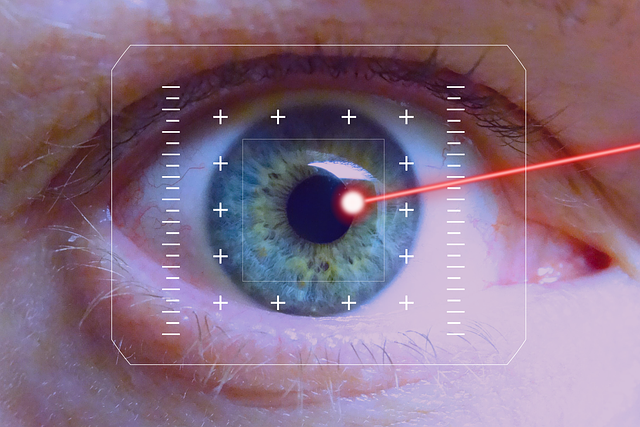Â
r f norgan wrote:say something concrete instead of a load of philosophy.
Okay, let’s get slightly more algebraic. Suppose you shoot a bullet and you see it receding from you at a speed v = c/2. What does this statement mean? It means that at time = 1 sec, you get a photon emitted by the bullet at a distance of c/2. (Rather c/2 * 1 sec, for those of us who are worried about dimensions.) Now, if you are to see the object at a distance c/2, the object had to be there half a second earlier because light takes half a second to traverse a distance of c/2 to reach you. This means the object had to be traveling at (a relativistaclly impossible) c. It can be easily shown that the “real” speed of the object is v’ = v/(1-v/c).
Now let’s think of bullet coming towards us at a speed of c/2 (as we see it.). By the same arguments, it can be shown that the “real” speed of the object is v’ = v/(1+v/c), quite a bit smaller than c/2.
The question is, in SR, when we do coordinate transformation, which speed do we use? The speed as we see it or the “real” speed? The immediate answer is that it is the “real” speed that SR refers to. But if you look at the way the coordinate transformation is derived in SR (in the 1905 paper), it is similar to the receding bullet. Suppose you say (wrongly, in my opinion) that this transformation of v to the “real” v’ is independent of the direction of motion, then you have to find some kind of average between the approaching and receding cases. Though a set of arguments, SR takes the geometric mean, giving the transformation v’ = v/sqrt(1 – v^2/c^2). In SR, this averaging is motivated by the assumption of homogeniety of space and time and the redefinition of simulteniety.
There is a second reason why SR couldn’t be talking about the “real” speed. In our example, if the bullet is traveling at an angle, say q, with respect to our line of sight, then the equation for its “real” speed is something like v’ = v cos q / (1 – v cos q / c). Since we don’t know q, we cannot disentangle the so-called light travel time effect from our observation. So SR couldn’t be applied if we need to know the “real” speed of objects (or franes).
I hope what I wrote above is what you meant by concrete. I have more detailed calculations in my book as well as the articles posted in my site.
Now comes the unpleasant philosophical stuff. Given that we cannot see the “real” motion of objects, should we try to make theories about the “real” motion or the apparent motion? The only way (as far as I can see) to tackle the unknowability of reality is to appreciate that there is a distinction between what we see and what is out there. That is where my arguments start, and that’s why my book is called The Unreal Universe.
